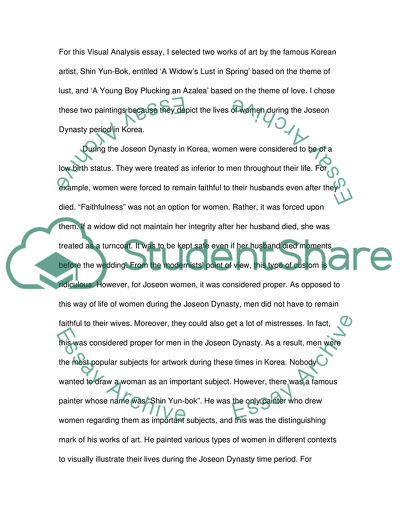Cite this document
(“Repressed Desires and Forced Coercion by Miju Kwak Essay”, n.d.)
Repressed Desires and Forced Coercion by Miju Kwak Essay. Retrieved from https://studentshare.org/literature/1717531-visual-analysis-essay
Repressed Desires and Forced Coercion by Miju Kwak Essay. Retrieved from https://studentshare.org/literature/1717531-visual-analysis-essay
(Repressed Desires and Forced Coercion by Miju Kwak Essay)
Repressed Desires and Forced Coercion by Miju Kwak Essay. https://studentshare.org/literature/1717531-visual-analysis-essay.
Repressed Desires and Forced Coercion by Miju Kwak Essay. https://studentshare.org/literature/1717531-visual-analysis-essay.
“Repressed Desires and Forced Coercion by Miju Kwak Essay”, n.d. https://studentshare.org/literature/1717531-visual-analysis-essay.


